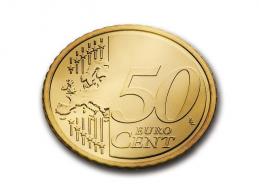 Tate & Lyle (PLC) is a 90 year old English company which began as a sugar refinery, now specializes in manufacturing ingredients for the beverage, food, personal care, pharmaceutical, animal feed and industrial markets. The company markets many of the ingredients that we read about on food ingredient labels such as corn gluten, fructose, dextrose, food stabilizer systems (one of my personal favorites) etc. The company markets on the five continents.
Tate & Lyle (PLC) is a 90 year old English company which began as a sugar refinery, now specializes in manufacturing ingredients for the beverage, food, personal care, pharmaceutical, animal feed and industrial markets. The company markets many of the ingredients that we read about on food ingredient labels such as corn gluten, fructose, dextrose, food stabilizer systems (one of my personal favorites) etc. The company markets on the five continents.
The stock is sold on the London Stock Exchange and is on the FTSE 100. One of the interesting things is that it while many American stocks took a downturn in August and remain down. Tate & Lyle took a down turn and started rising immediately. In June 2011, the stock hit a three year high of 660 GBP. In August it dropped to 540 and now it is back up to 640. In fact, over the last three years, the stock had risen from 250 GBP to today’s price of 640. That is over 250 percent in three years!
Some of the management professionals to watch for are : Oliver Rigaud, the President of the Specialty Foods Ingredients; Karl Gibber, the company secretary and General Counsel; and Robert Luijten, The Executive VP of Human Resources.
As with all stocks, I always recommend that the purchaser perform due diligence and check the stock thoroughly. Here, since the firm is a foreign company on a foreign stock exchange, checking the stock and the trading policies of the London Exchange is especially important.

 Ross Stores, Inc. operates apparel and home accessories retail stores which offer 20-60 percent discounts off other stores’ ordinary prices. Ross stores have two chains: the first is Ross Dress for Less and the second is dds Discounts. Ross operates 1055 stores in 27 states and in Guam. Ross Dress for less caters to middle income families and dds Discounts caters more to moderate income families.
Ross Stores, Inc. operates apparel and home accessories retail stores which offer 20-60 percent discounts off other stores’ ordinary prices. Ross stores have two chains: the first is Ross Dress for Less and the second is dds Discounts. Ross operates 1055 stores in 27 states and in Guam. Ross Dress for less caters to middle income families and dds Discounts caters more to moderate income families.